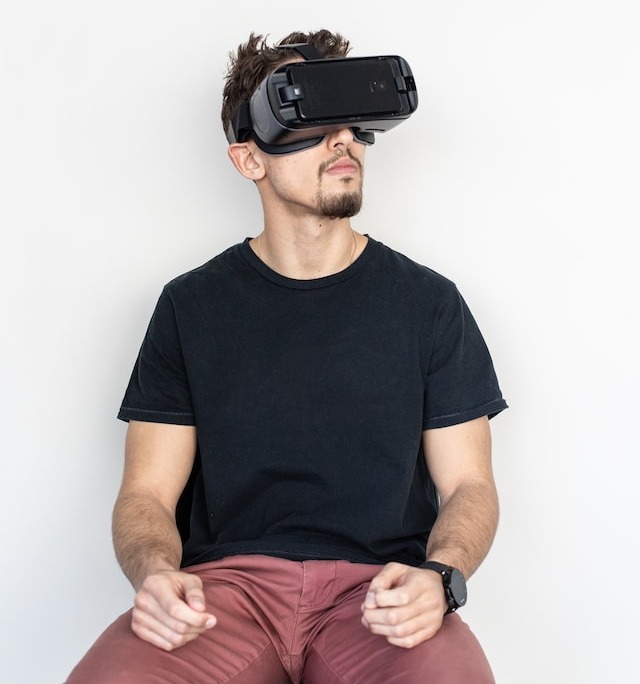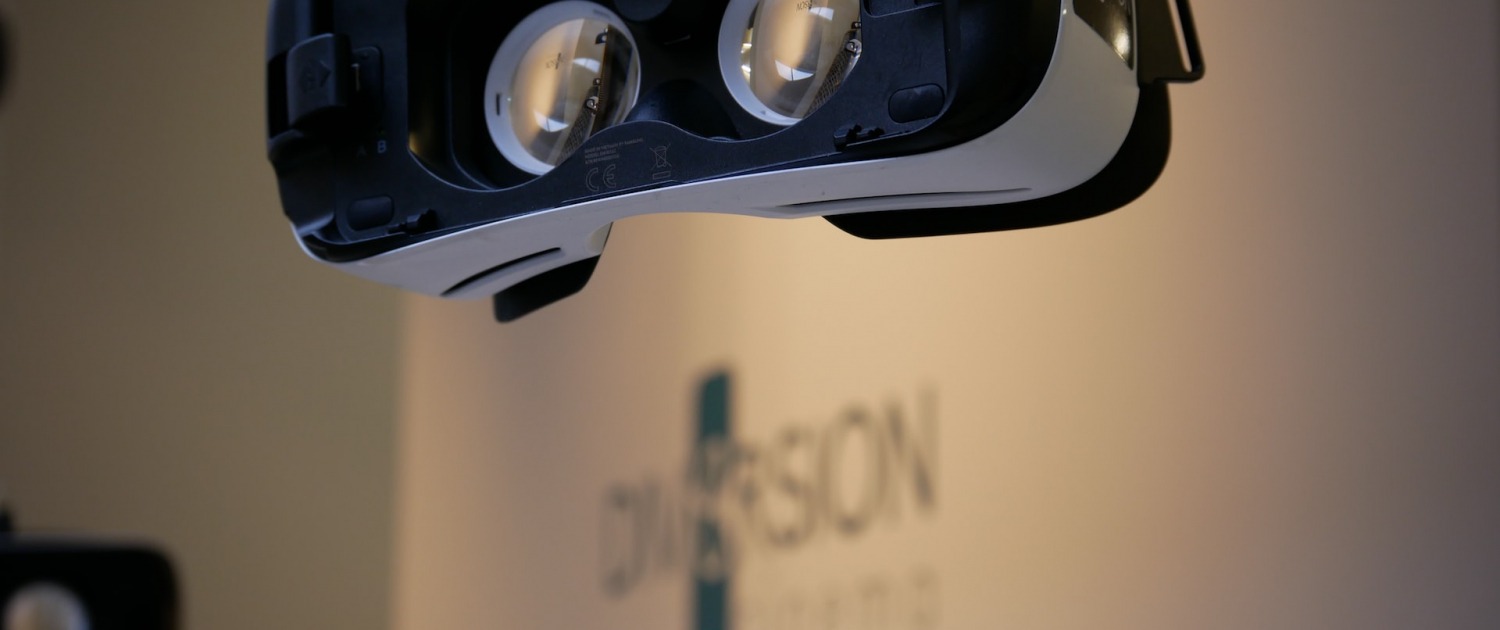Introduction to VR and Stroke Rehabilitation
Virtual Reality (VR) technology is being increasingly utilized to support stroke rehabilitation. The use of VR-based rehabilitation programs has been found to offer significant improvements in motor performance, function and quality of life for stroke survivors.
VR can provide an engaging and interactive experience which encourages users to practice their physical skills in a safe environment. VR simulations can also be used as a platform for repetitive practice, aiding the development of automaticity. Disabilities resulting from stroke, such as impaired mobility and balance, can be targeted with specific tasks designed within the virtual environment; this allows for increased repetition and motivation with less fatigue during practice sessions.
The use of VR-based technology in stroke rehabilitation also offers advantages such as cost savings due to fewer hospital visits and the availability of home-based rehabilitation programs. Moreover, VR-based systems can be used to assess patients’ current motor skills and track their progress over time.
VR technology is a powerful tool for stroke rehabilitation that offers efficacy and convenience; it has the potential to create positive outcomes for stroke survivors by providing safe and engaging virtual environments with specific tasks designed to target particular impairments. As such, VR-based technology is becoming an invaluable resource in stroke rehabilitation programs.
What is VR?

Virtual Reality (VR) is a technology that immerses users in virtual simulations of real and/or imaginary worlds. It typically involves the use of headsets, body suits, handheld controllers or other input devices to interact with digital environments. VR offers an engaging and interactive experience which can be used for gaming, education, training and rehabilitation purposes.
In the area of stroke rehabilitation, VR has become an invaluable tool. The use of VR-based systems has been found to offer significant improvements in motor performance, function and quality of life for stroke survivors. Through specific tasks designed within a virtual environment, stroke survivors can practice their physical skills in a safe space while being motivated and encouraged to keep trying despite repeated failure. This allows them to develop automaticity, an important factor in stroke rehabilitation. Moreover, VR-based systems also offer real-world cost savings and convenience due to fewer hospital visits and home-based rehabilitation programs. As such, the potential of VR-based technology in stroke rehabilitation is significant.
Benefits of Using VR for Stroke Rehabilitation
Virtual Reality-based systems offer a range of advantages when used in stroke rehabilitation programs. Firstly, it provides an engaging and interactive experience which encourages users to practice their physical skills in a safe environment. VR simulations can also be used as a platform for repetitive practice, aiding the development of automaticity. Disabilities resulting from stroke, such as impaired mobility and balance, can be targeted with specific tasks designed within the virtual environment; this allows for increased repetition and motivation with less fatigue during practice sessions.
The use of VR-based technology in stroke rehabilitation also offers advantages such as cost savings due to fewer hospital visits and the availability of home-based rehabilitation programs. Moreover, VR-based systems can be adapted to the needs of individual users based on their particular impairments, thus providing a personalized experience. Furthermore, compared to traditional rehabilitation methods, VR provides a wide range of features and activities which helps in keeping users engaged and motivated.
Challenges of Using VR for Stroke Rehabilitation
Despite the numerous advantages of VR-based technology in stroke rehabilitation, there are also some challenges that need to be addressed. Firstly, the technical aspects of setting up and maintaining a virtual environment can be costly and time consuming. Furthermore, there is a lack of evidence regarding long-term effects as most studies conducted so far have been short-term. There is also limited access to such systems due to their cost and physical immobility; this restricts potential users from benefiting from the use of VR in stroke rehabilitation. Additionally, VR simulations may not accurately represent real world scenarios which could lead to an overreliance on the system and reduced motivation when attempting tasks outside the virtual environment.
Nevertheless, VR has the potential to transform stroke rehabilitation as it provides an engaging and interactive experience with personalized tasks designed within the virtual environment. Thus, despite the challenges faced when using VR in stroke rehabilitation, its advantages far outweigh its disadvantages making it an invaluable resource in such programs.
How to Incorporate VR Into Stroke Rehabilitation Programs
In order to successfully incorporate VR into stroke rehabilitation programs, it is important to consider the individual needs of users. For example, tasks should be designed based on the particular impairments resulting from stroke and should be tailored to the specific abilities of each user. Furthermore, it is important to ensure that the system remains engaging and motivating for users so as not to discourage continued use. Additionally, guidance from medical professionals such as physiatrists or occupational therapists should be sought in order to create virtual environments that accurately represent real world scenarios.
The Future of VR in Stroke Rehabilitation
The future of VR in stroke rehabilitation looks promising. As technology continues to improve, it is likely that more efficient and cost effective systems will become available. This may include the use of motion capture sensors or eye tracking technology to measure user performance. Additionally, AI-driven technologies may be used to automate processes such as task customization and data analysis thus further improving the efficiency and effectiveness of stroke rehabilitation programs using VR.
Case Studies Illustrating the Effectiveness of VR in Stroke Rehabilitation
Studies have shown that VR-based technology can be effective in stroke rehabilitation. For example, a study conducted by researchers at the University of Arkansas found that patients who used virtual reality therapy experienced improved upper extremity functioning and enhanced participation in activities compared to those who did not use VR. In addition, a recent study published in the Journal of Neuroengineering and Rehabilitation showed that patients with chronic stroke who completed a VR-based training program experienced improved cognitive function alongside better hand dexterity and balance.
These studies illustrate the potential of VR-based technology to be used in stroke rehabilitation. By leveraging advances in technology, it is possible to create highly personalized and engaging therapy programs that are tailored towards individual needs. This way, users can benefit from improved physical abilities and cognitive functioning following completion of their program. As such, VR is likely to become an invaluable resource in stroke rehabilitation programs moving forward.
Conclusion
In summary, VR-based technology is becoming increasingly important in stroke rehabilitation programs. It can be used to create highly personalized and engaging therapy programs that are tailored towards individual needs. Studies have shown that users who engage with VR-based therapies often experience improved physical abilities and cognitive functioning following completion of their program. Additionally, advancements in technology such as motion capture sensors and AI-driven technologies may further improve the efficiency and effectiveness of VR-based therapies for stroke rehabilitation moving forward. Therefore, it is likely that VR will become an invaluable tool in stroke rehabilitation programs in the near future.

